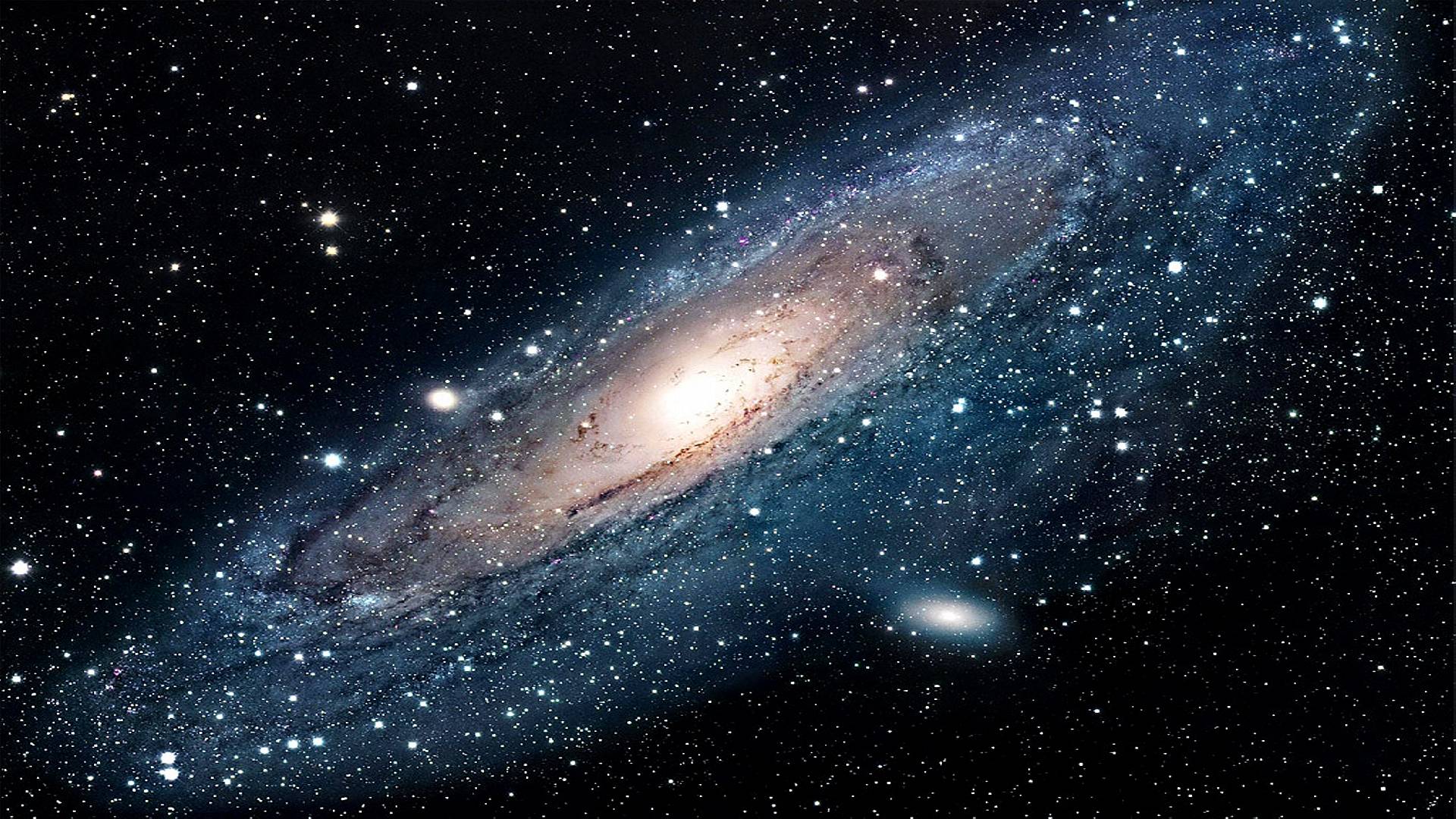
The Milky Way Galaxy

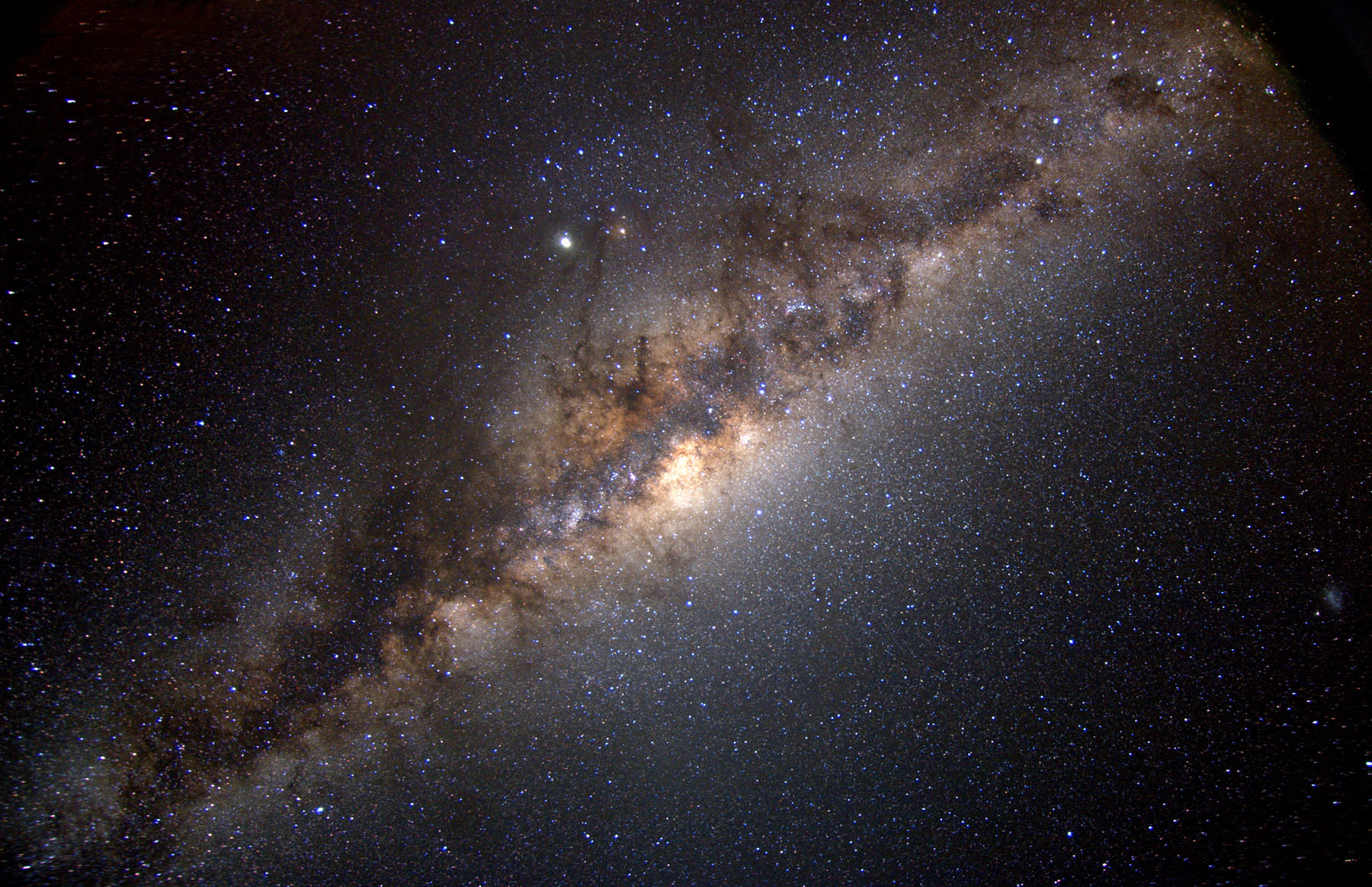

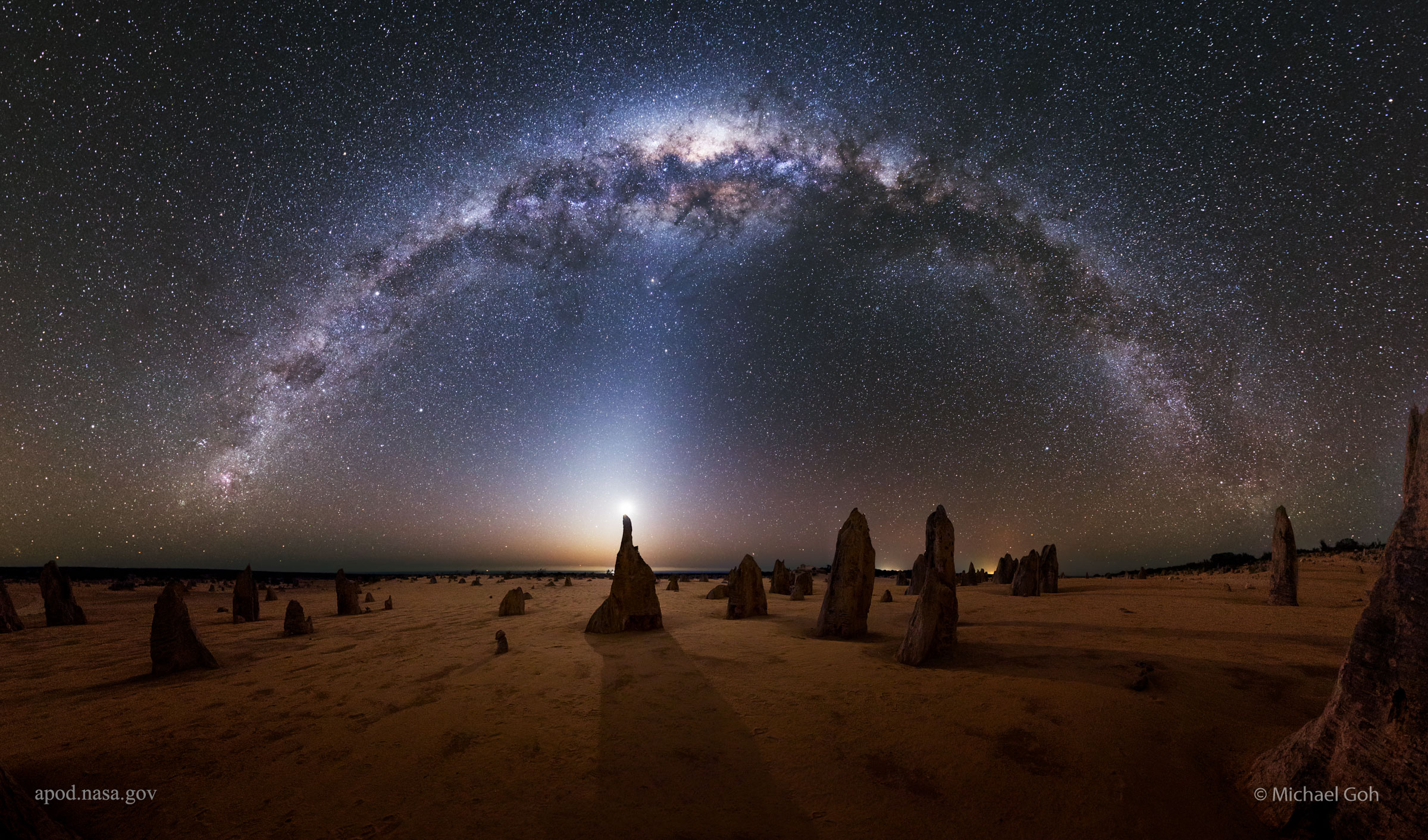
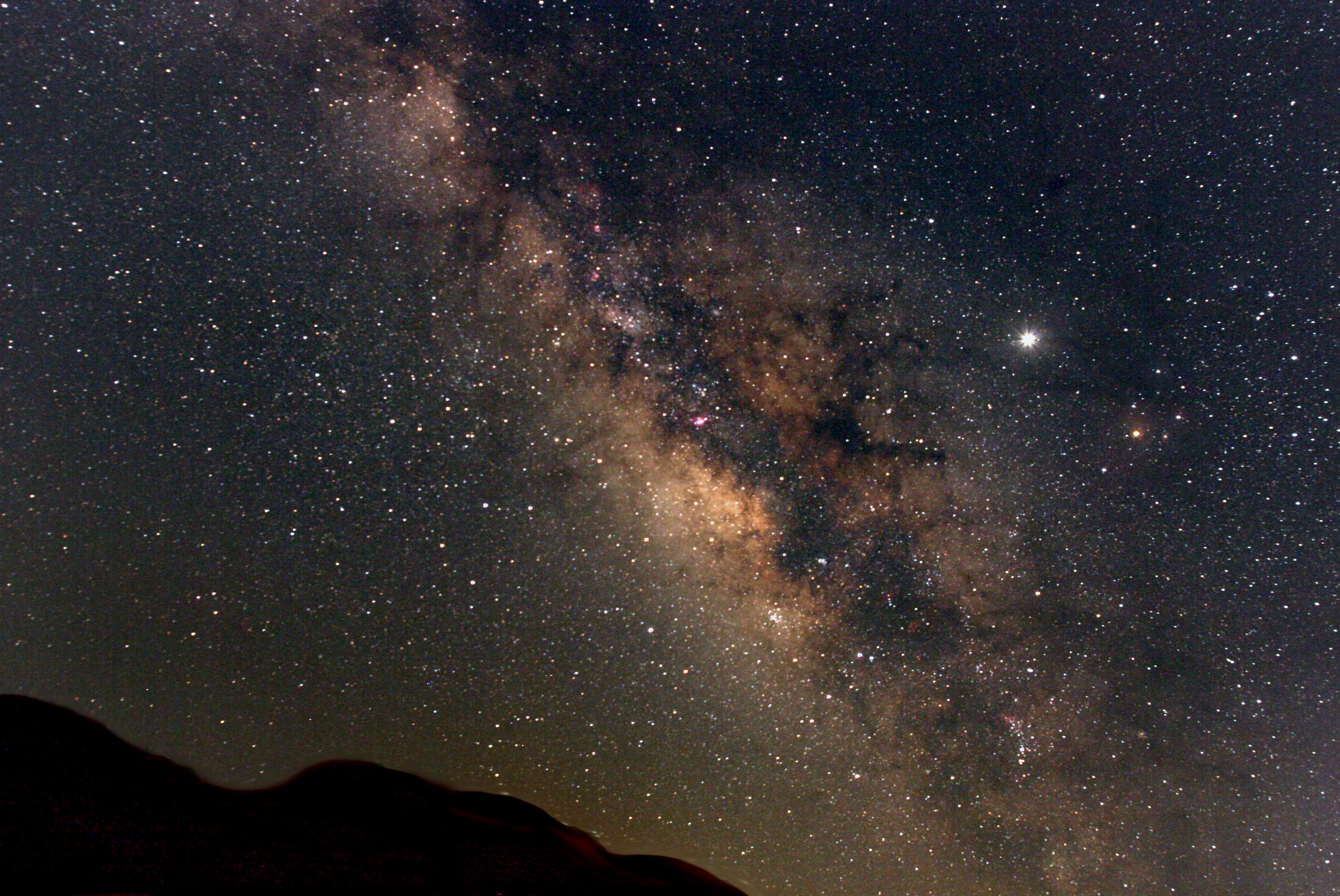
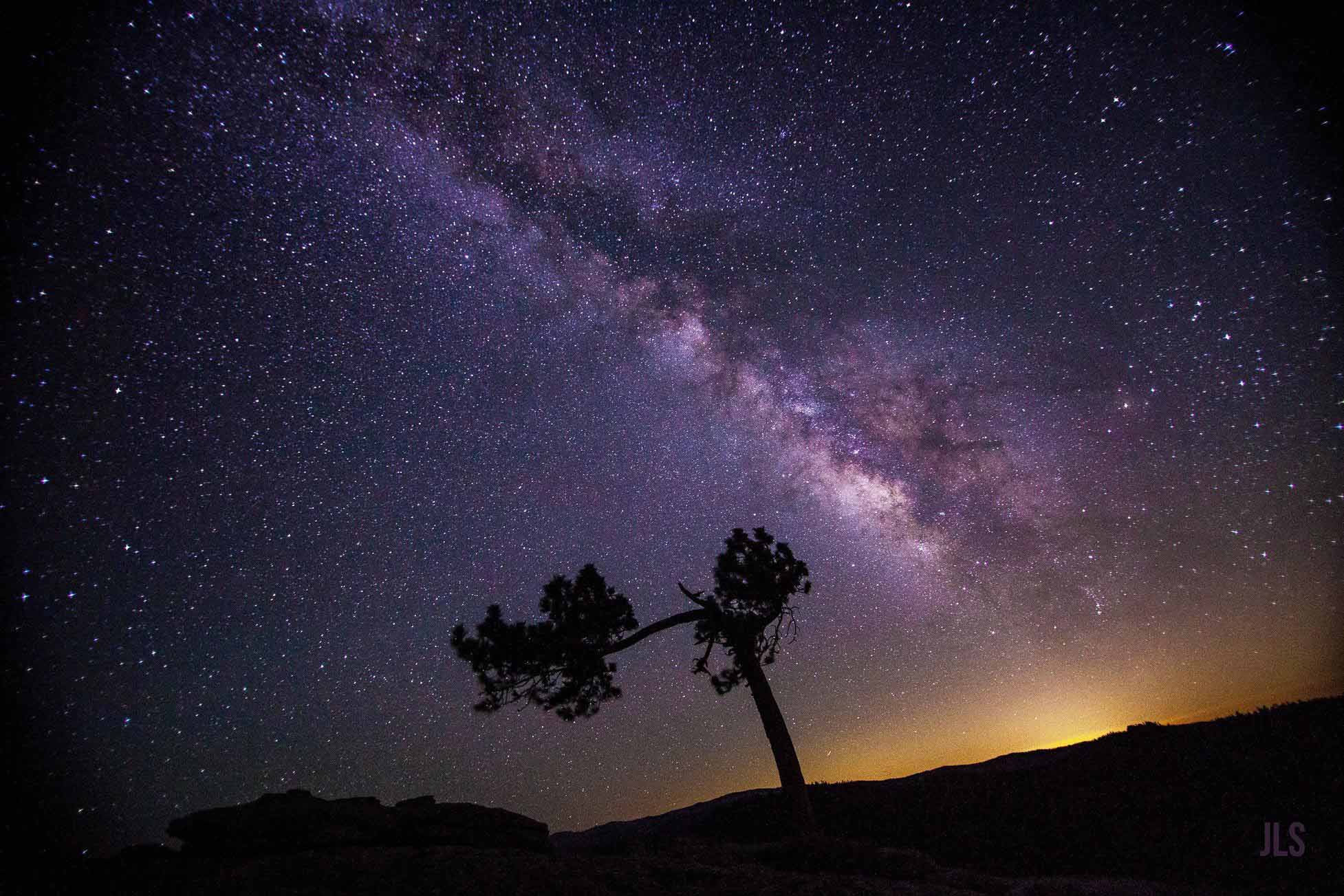
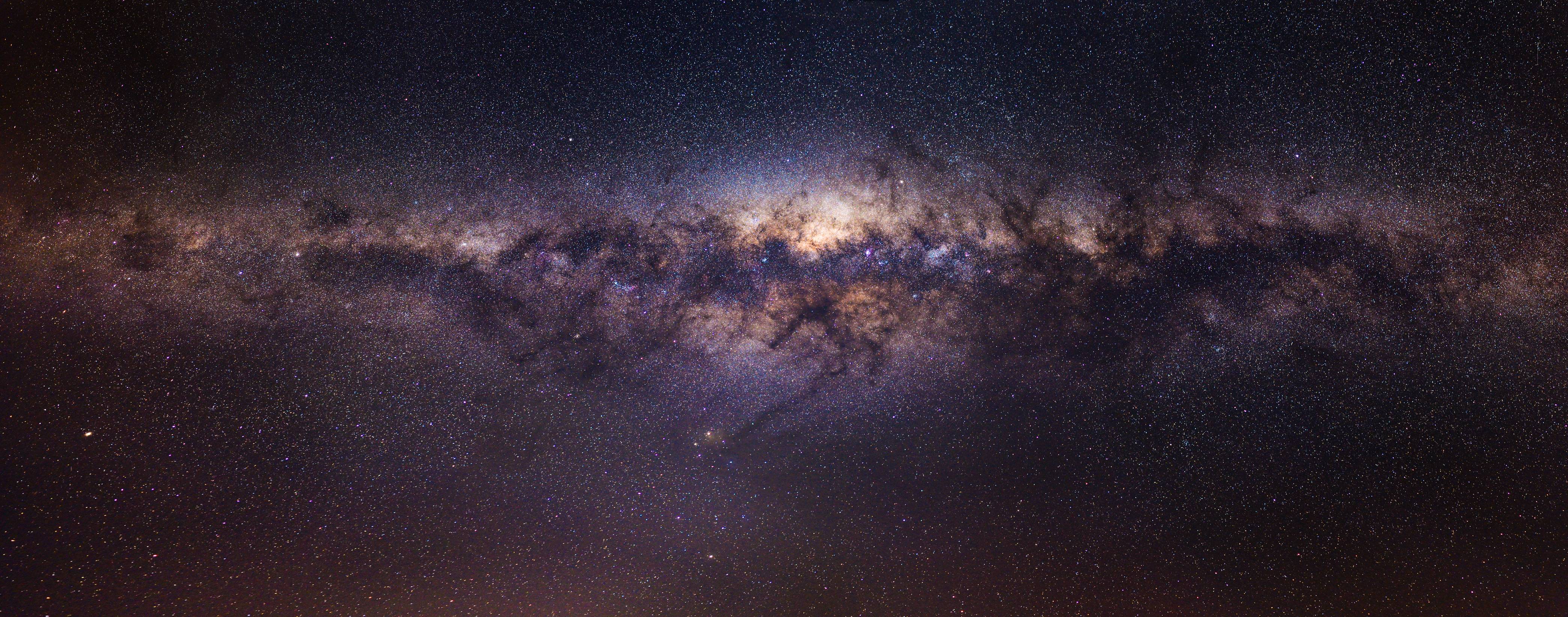

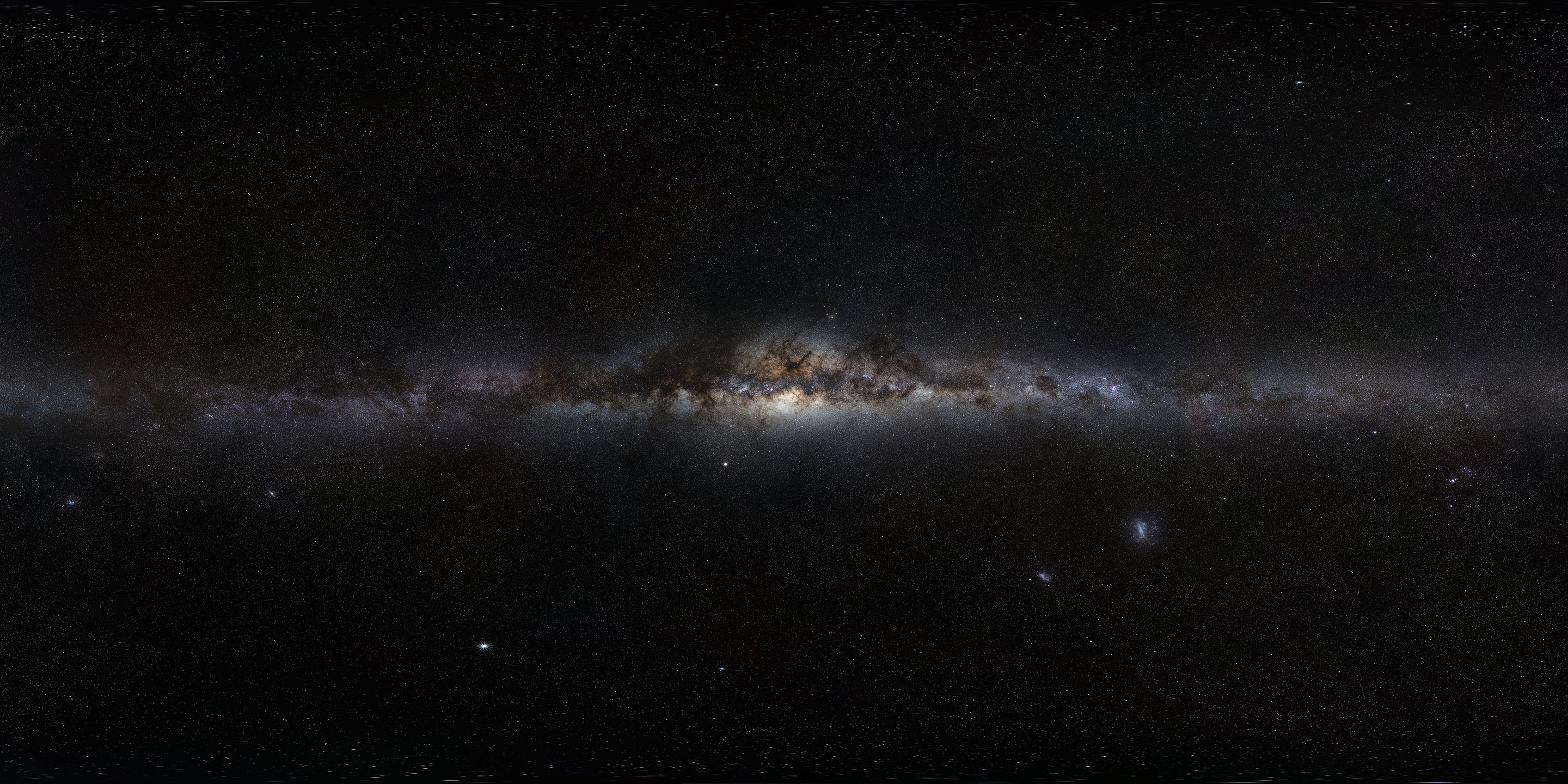
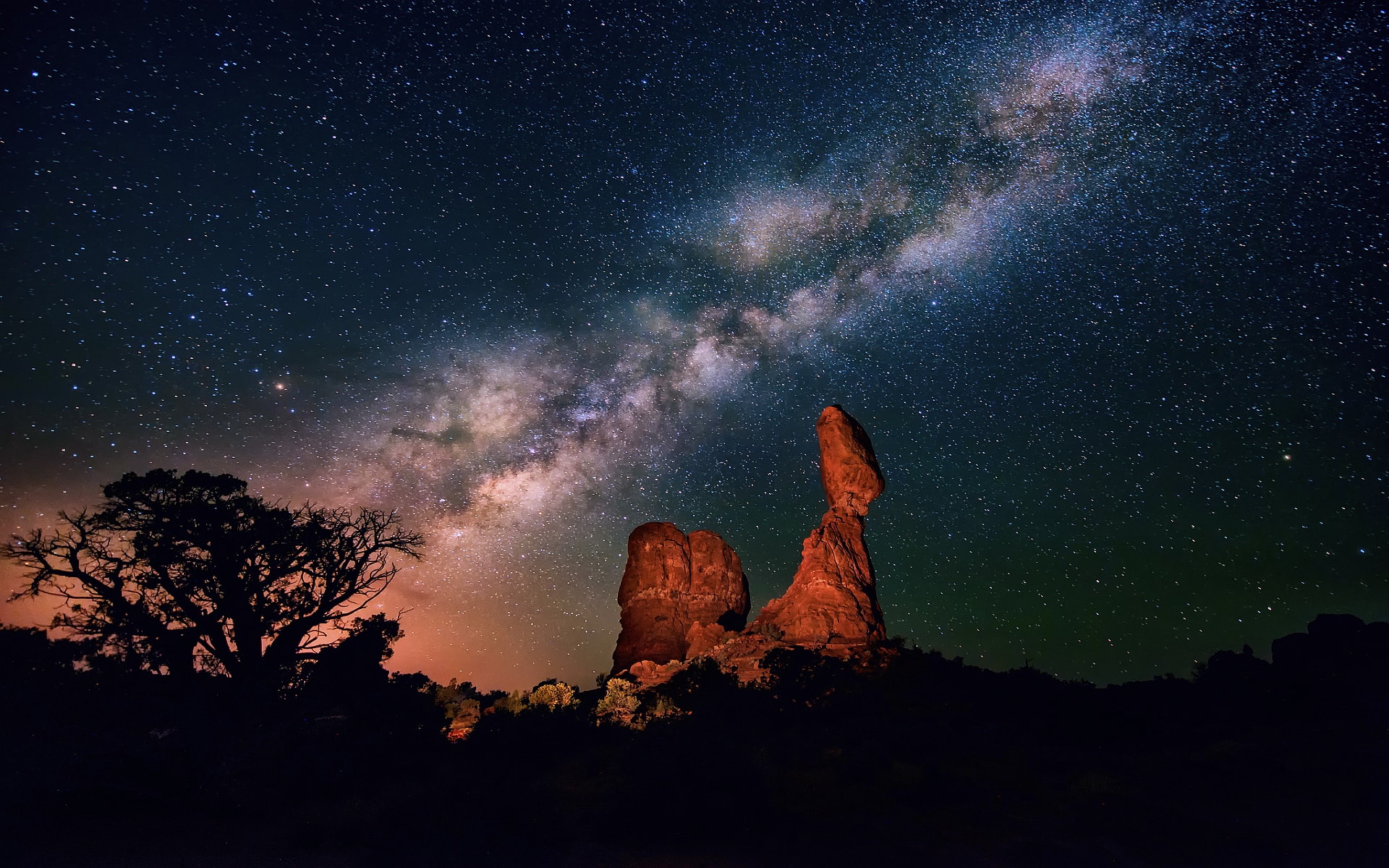
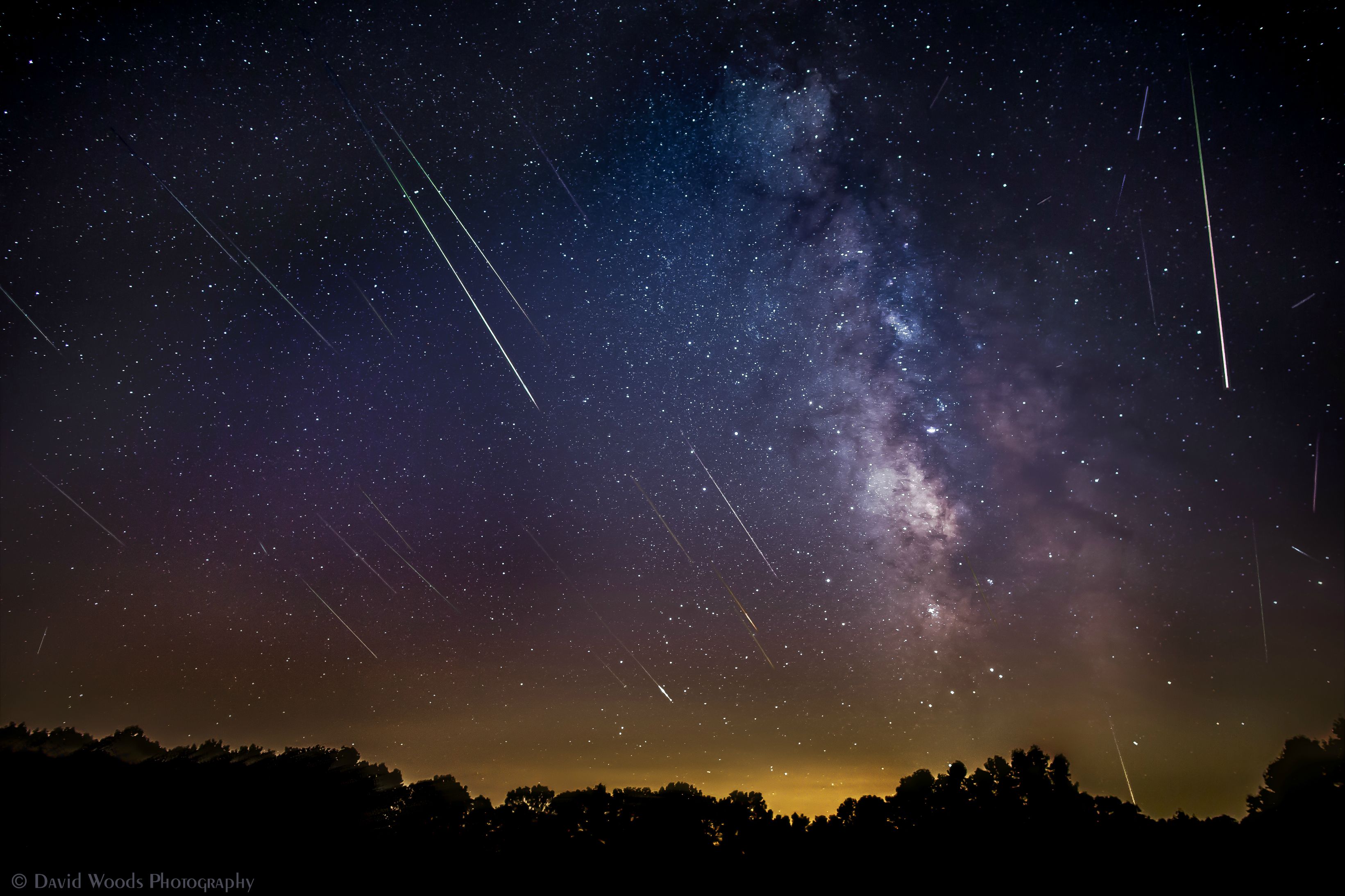
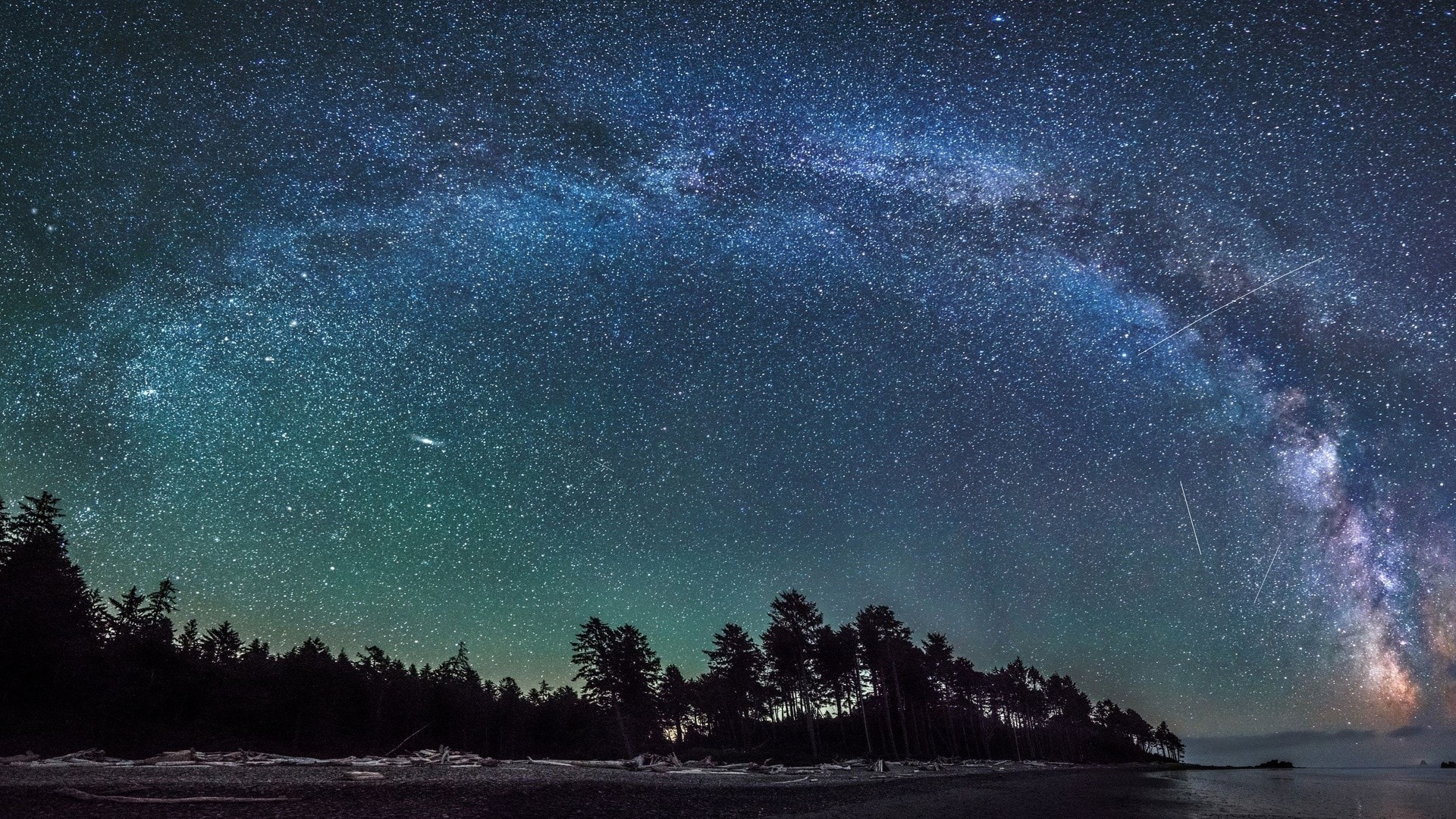
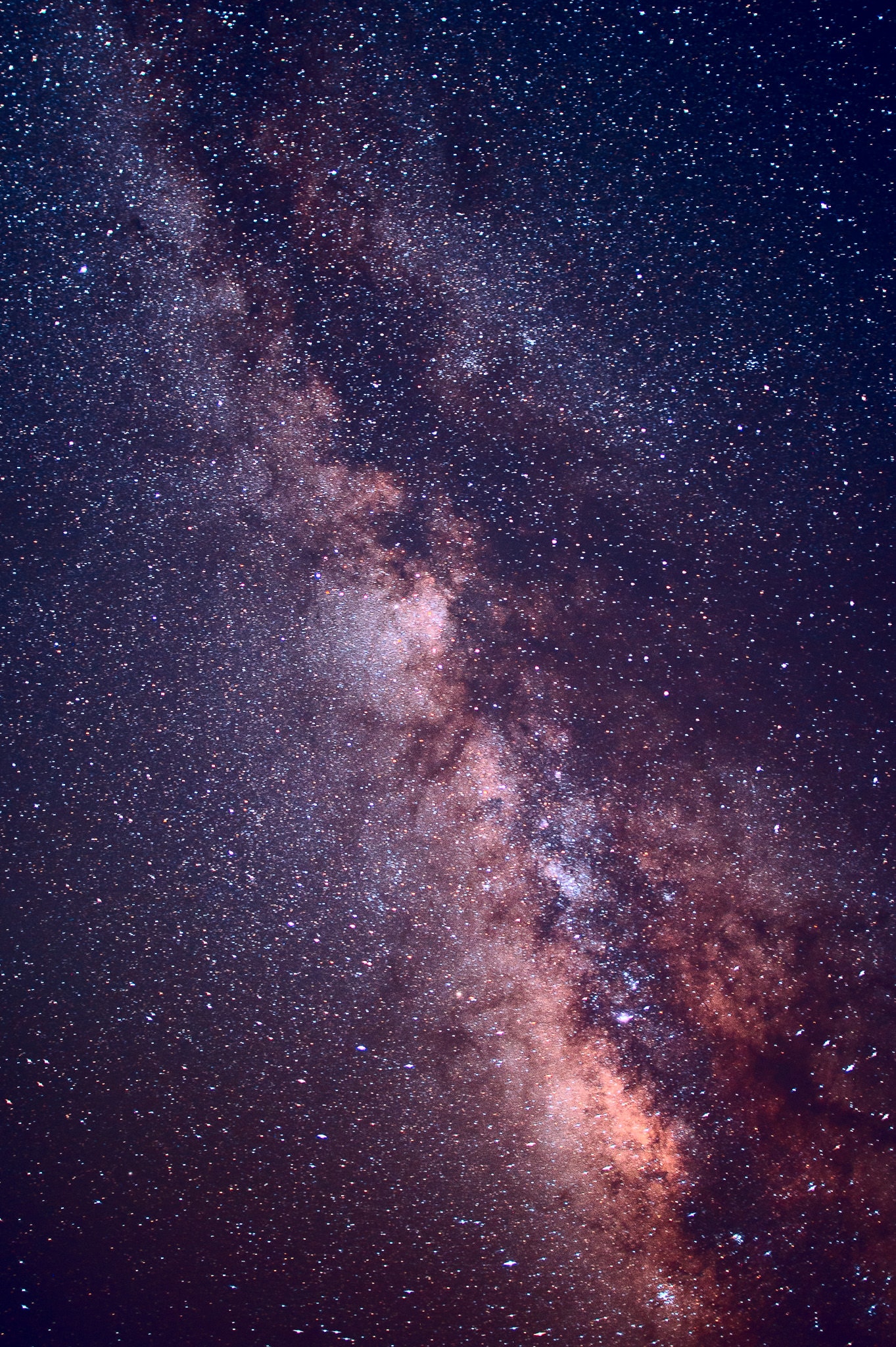

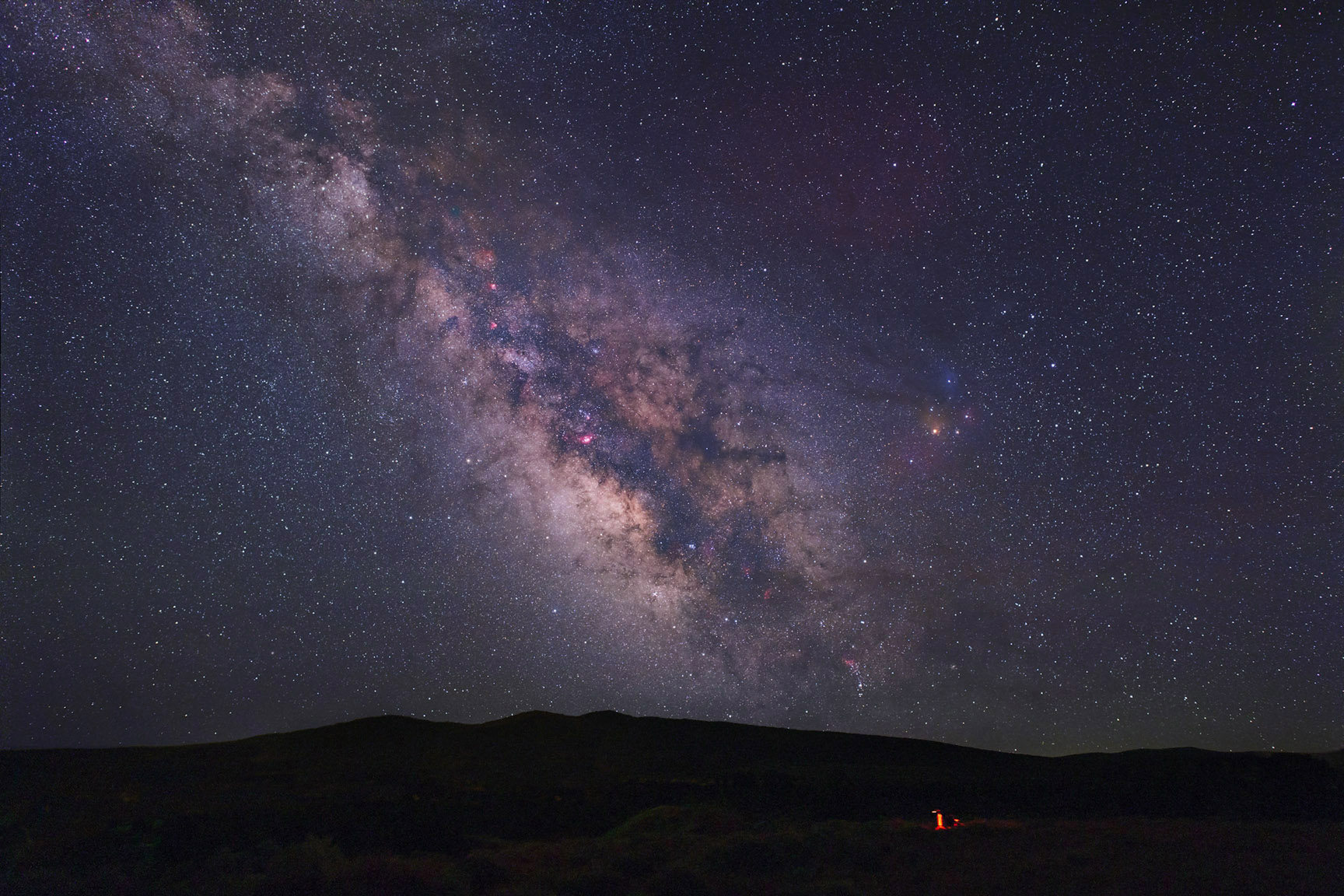
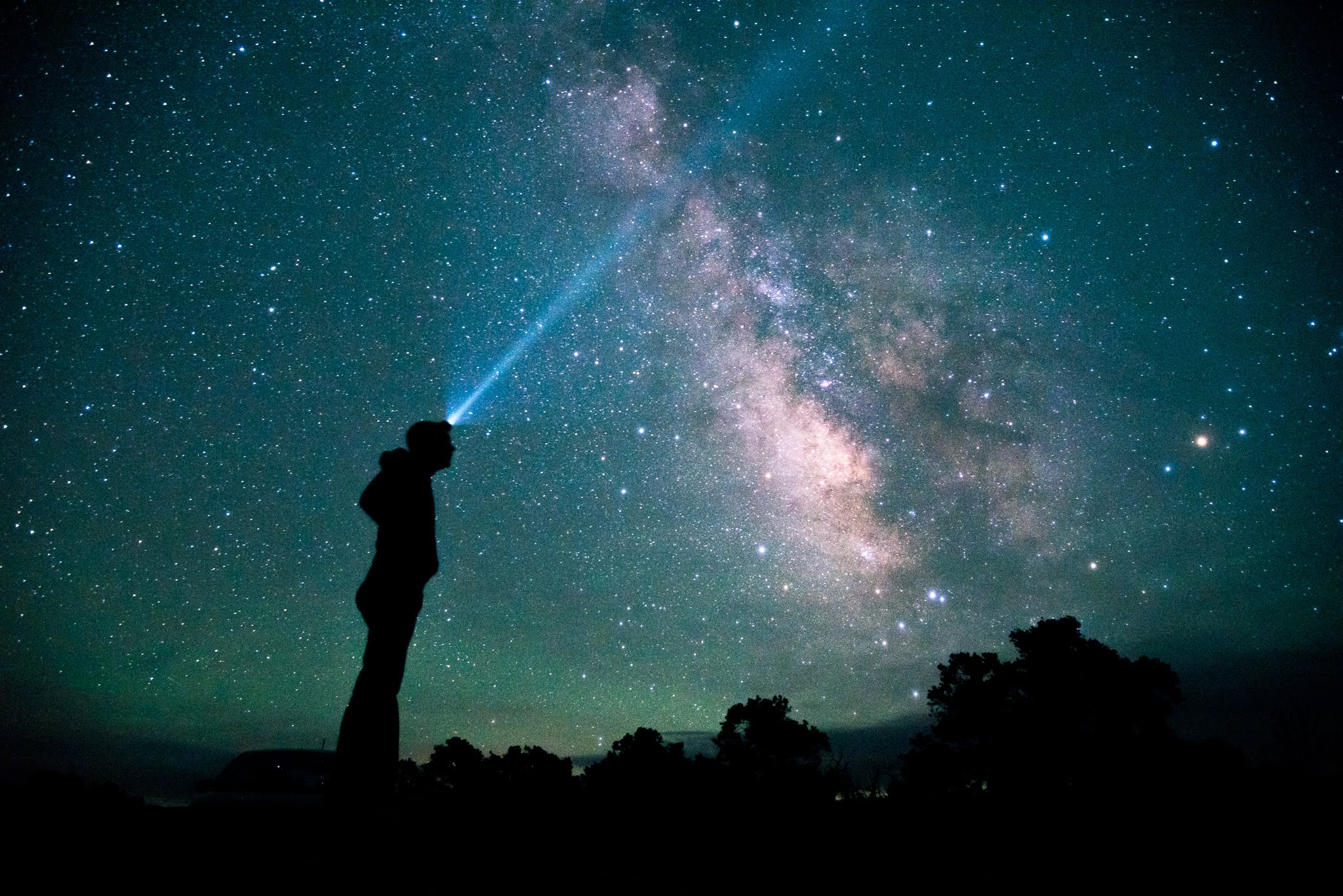

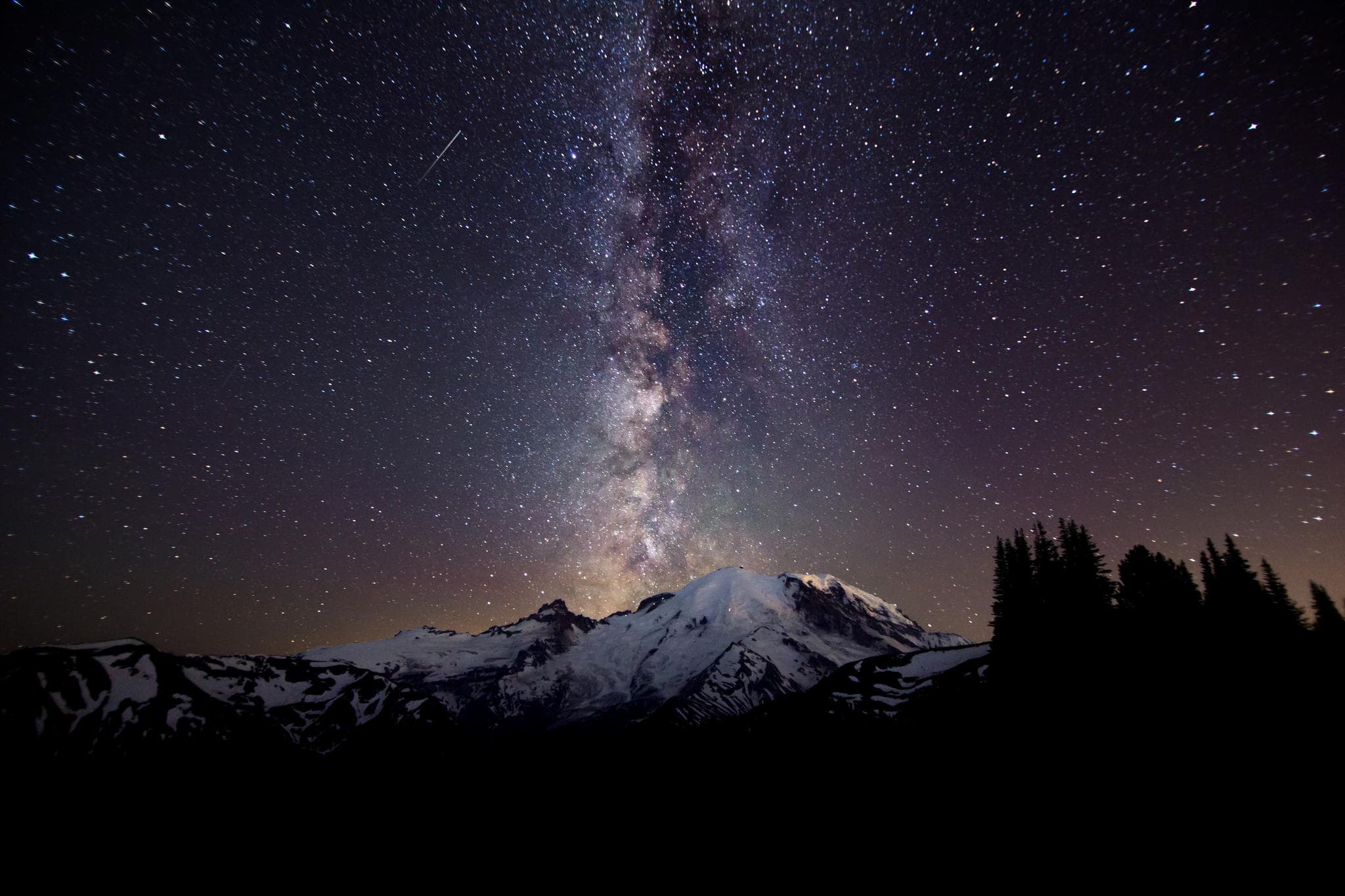
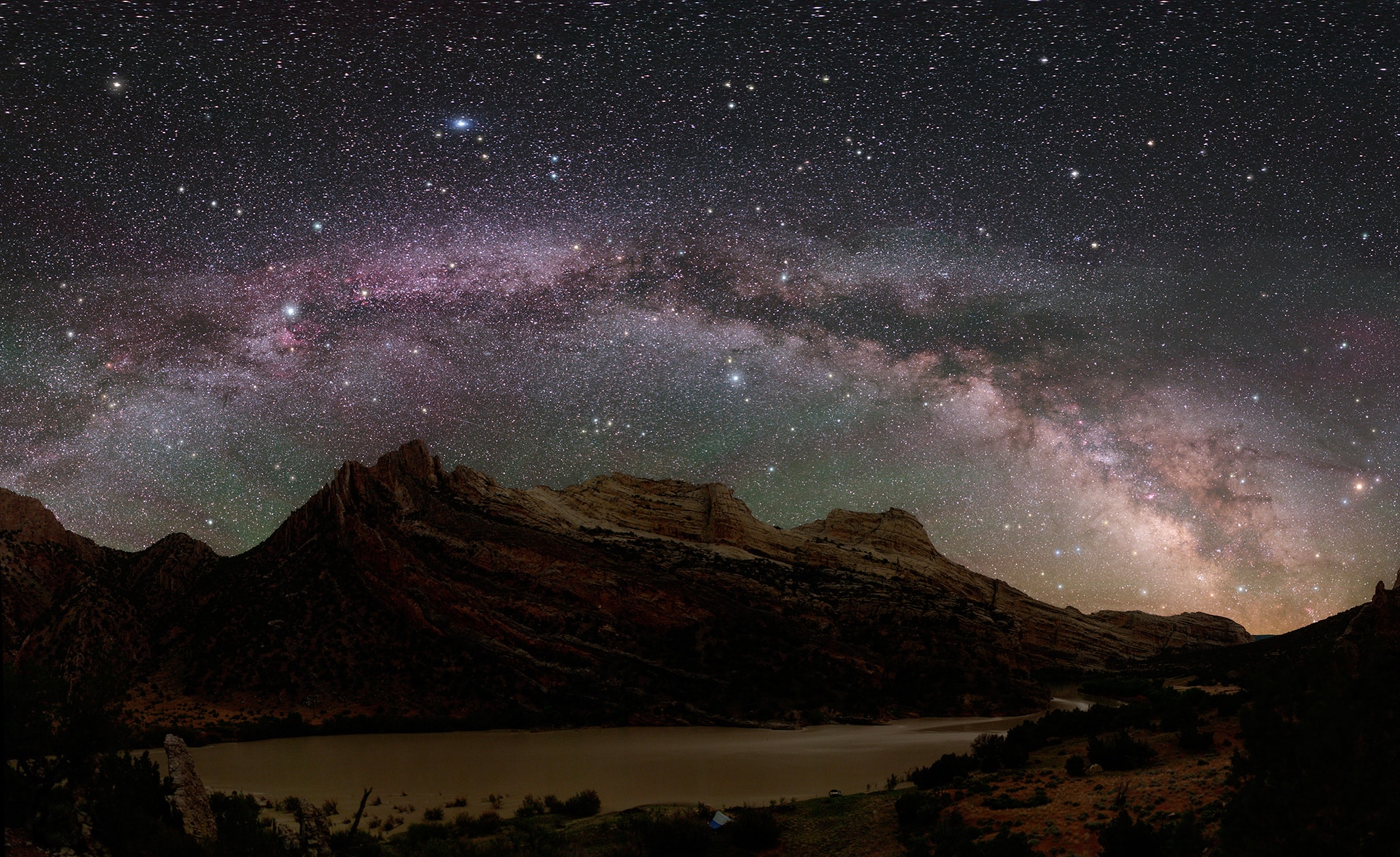
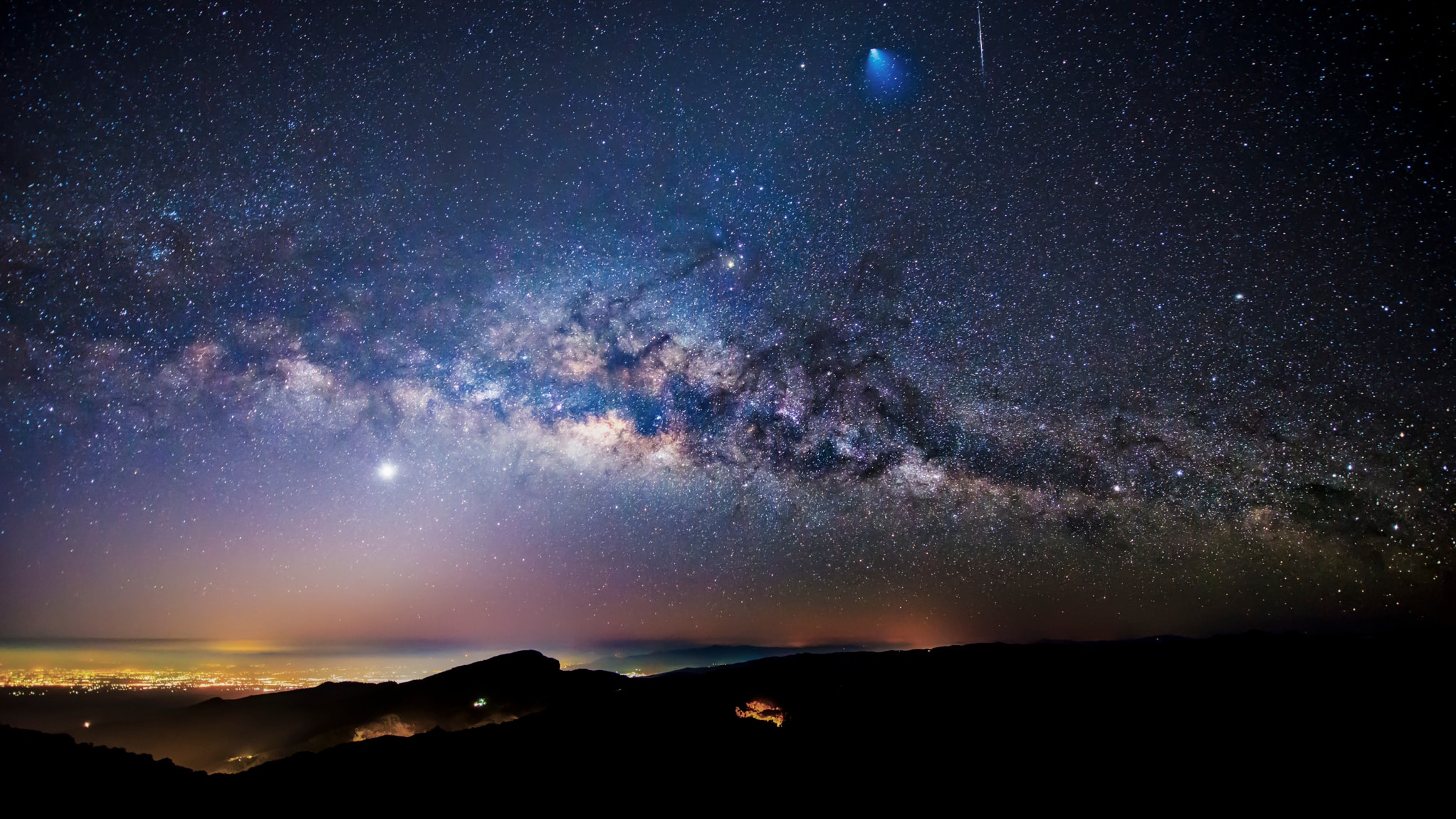
Milky Way wallpapers for your PC, Android Device, Iphone or Tablet PC. If you want to download Milky Way High Quality wallpapers for your desktop, please download this wallpapers above and click «set as desktop background». You can share this wallpaper in social networks, we will be very grateful to you.
Our galaxy, the star system, that surrounds the Solar system called the milky Way.
The milky Way – a huge cluster of stars visible in the sky as a bright hazy patch. In ancient Greek the word “Galacticos” means “milk”, “milky”, so the milky Way and similar star systems called galaxies.
In our Galaxy, the milky Way – more than 200 billion stars of different luminosity and color.
Vicinity of the Sun is the volume of the Galaxy, which modern astronomy is the means to observe and study stars of different types. As practice shows, it is “ball”, which contains about 1.5 thousand stars. The radius of this ball is 20 parsecs. Currently in the vicinity of the Sun is studied all or nearly all of the stars except for very dwarf, emitting very little light.
In the immediate vicinity of the Sun is a ball of radius about 5 parsec – researched brand all – stars and about 100.
Most of them (almost two thirds) is a very faint red dwarfs with a mass 3-10 times smaller than the Sun. Stars similar to the Sun, very rare, only 6 %. White and yellowish stars with masses from 1.5 to 2 solar at all units. More massive stars (known to astronomers stars with masses of around 100 solar) in the immediate vicinity of the Sun is not found, which indicates their great rarity. In addition to live stars the scientists found in this volume 7 white dwarfs.
Weak red dwarf Proxima (lat., “nearest”) – a component of the triple system alpha Centauri is now considered the nearest from the Sun is a star.
The distance to Proxima – 1,31 PC, the light from it to us is 4, for 2 years. Future research will show how Proxima worthy of its name and there are no stars, of course weaker, which is closer to the Sun.
Our ancestors have combined all star groups – constellations.
Constellations are not physical groupings of stars, bound together by the common properties.
Constellations are areas of the sky. The stars in the constellations are United by our ancestors in order to make it easier to navigate in the night sky, i.e. on the basis of coincidence of their positions on the sky.
The sky is divided into 88 constellations that bear the names of mythical heroes (e.g. Hercules, Perseus), animals (e.g., lion, Giraffe), objects (e.g., Libra, Lira) etc.
Clusters of stars are their groups with common physical properties. These clusters differ from constellations that are the result of casual coincidence of the positions of the stars in the sky.
Observations in the XIX century allowed to establish, that star clusters are divided into globular clusters and scattered clusters. In the second half of the twentieth century to these classes of stellar groups, add one more Association stars.
Some of the star groups belong to our Galaxy.
Globular clusters of stars, the oldest objects of our Galaxy: they are formed simultaneously. The distances to these clusters are very large – thousands of parsecs. Now there are more than 150 globular clusters, all of them in the Galaxy can be several hundred.
Ambient concentration consists of several hundreds or thousands of stars. The mass of open clusters is small and their gravitational field is not able long to resist the destruction of the clusters. Having existed for about a billion years, they dissolve in the ocean of the Galaxy. The Association is a grouping of young stars, United by a common education. They are more sparse than clusters.
Many of the details of the structure of the milky Way are hidden from view of the observer. However, they are studied on the example of other galaxies similar to ours, for example, the Andromeda nebula (as it did in the 40-ies of XX century, the German astronomer Walter Baade).
As a result, in the structure of the isolated lenticular Galaxy is a flat disk immersed in the more sparse stellar cloud of the spherical form of halo. In the end, the Galaxy is shaped like a biconcave lens, similar to the lentil seed.
The stars of the galactic disc are called population I type stars in the halo – a population of type II.
One of the most interesting regions of the Galaxy is its center, or core, located in the direction of the constellation Sagittarius. The visible radiation from the Central regions of the Galaxy is completely hidden from us by powerful layers of absorbent material. In the center of the Galaxy is supposed the existence of a massive compact object – a black hole with a mass of about a million solar masses.
One of the most notable formations in the discs of galaxies like ours, are spiral arms (or sleeves).







No Comment